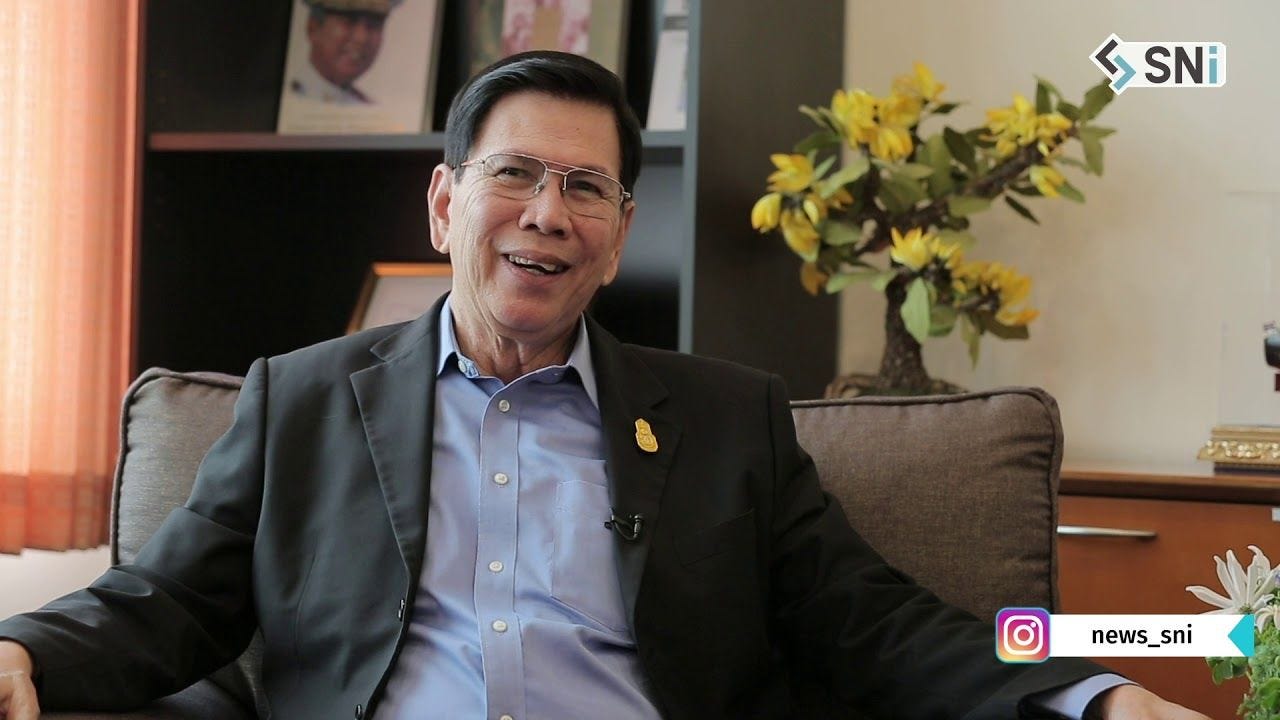Thailand’s Kra Canal: Will It Impact India’s Maritime Security?

In 1677, King Narai was the first king to suggest a canal through Thailand’s Kra Isthmus which would shorten shipping times and costs. Since then, the idea has come up numerous times only to be subsequently shot down again. SNI’s Associate Editor Amitabh P Revi and Video Journalist Prateek Suri travelled to Bangkok and along the route of the proposed Kra-Canal to find out whether the time for this 341-year-old idea had finally come.
In the first of a two-part series from Thailand, SNI explores why the canal has not taken off so far, what it means for the people along its route, for Thailand, Asia and the World, who would pay for it, how it would impact maritime trade and security and where it would place India, China and America’s navies. In Part I, we look at the costs and benefits it would bring and whether a sea-bridge between the Indian and Pacific Oceans will join the world’s other famous canals — the Suez and Panama canals to change maritime history.
Coming soon, in Part II, the SNI team travels along the proposed Route 9A, from the western coast of Thailand and the Andaman Sea to the eastern coast off the Gulf of Thailand to gauge what the environmental impact could be and whether the project could endanger the country’s integrity, divide it in two and fuel the southern insurgency.
Already, the push to build the canal is building up. In November, months before the elections scheduled in February 24, 2019, Thailand’s Prime Minister Prayut Chan-o-cha ordered the National Security Council and the country’s top economic planning body — the National Economic and Social Development Board(NESDB) to look into the feasibility of the canal. Thai King Rama X-Maha Vajiralongkorn is expected to be coronated after the polls, and a green signal from him is the push the canal’s supporters are looking for.
#Kracanal #sniwire #Thailand #India
source



